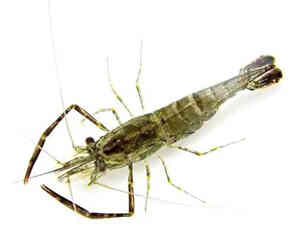
Macrobranchium nipponense
Macrobranchium nipponense,Macrobrachium nipponense
River shrimps are widely distributed in rivers, lakes, reservoirs and ponds ···
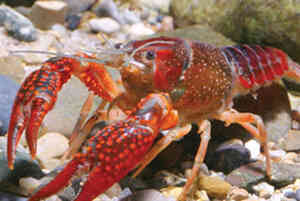
Procambarus clarkii
Procambarus clarkii,Red Swamp Crayfish或Louisiana crayfish,Cambarus clarkii,Red crayfish, Procambarus clarkii, freshwater crayfish, red swamp crayfish
Crayfish is a freshwater economic shrimp that usually carries lung flukes an···
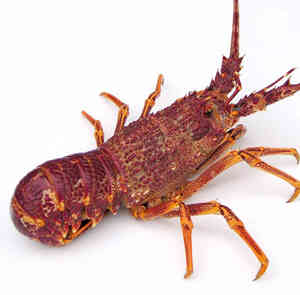
Palinuridae;lobster
Palinuridae;lobster, prawns, dragon head prawns, shrimps, sea prawns
Lobster (scientific name: Palinuridae) is the general name for species in th···
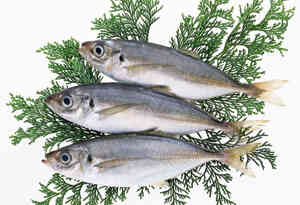
Coilia nasus
Coilia nasus,Bitter fish, anchovies, hair fish, razorfish, hairy fish
Knife fish, scientifically known as long-jawed anchovy, also known as knife ···
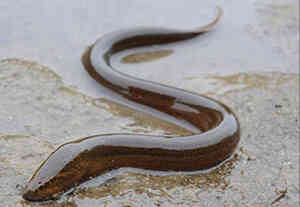
Monopterus albus
Monopterus albusApodidae, Apodidae, Genus Swiftlet, eel, yellow eel, field eel, field eel, long fish, blood fish, tilapia, scaleless prince
Yellow eel (scientific name: Monopterus albus): also known as eel. It is a t···
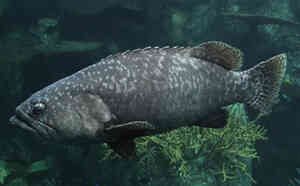
Epinephelusspp.
Epinephelusspp.,Dragon grouper, dragon grouper,
Grouper is the general name for fish of the subfamily Epinephelinae, belongi···
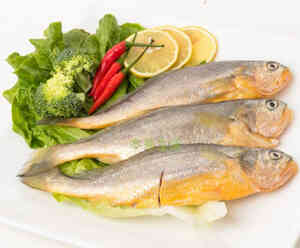
Larimichthys
Larimichthys,yellow croaker,Yellow croaker, yellow croaker, kingfish
Yellow croaker, Larimichthys (D. S. Jordan et Starks, 1905), also known as y···
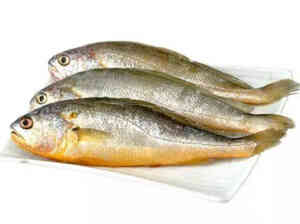
Larimichthys polyactis
Larimichthys polyactis,Small yellow croaker, plum, plum fish, small king fish, small fresh, small spring fish, small cucumber fish, thick scale fish, flower fish, big eye, ancient fish, yellow scale f
Small yellow croaker is a warm-temperate bottom-dwelling schooling migratory···
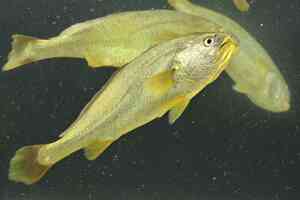
Larimichthys crocea
Larimichthys crocea,Yellow croaker, yellow croaker, cucumber fish, golden dragon, big fresh, golden dragon, red melon, sweet-scented osmanthus yellow croaker, king fish, large yellow croaker
Pseudosciaena crocea is a warm and humid nearshore migratory fish. It often ···
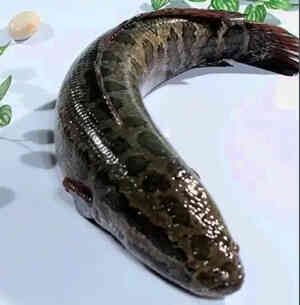
Channa argus
Channa argus,Snakehead、Northern Snakehead,Black fish, mullet, black stick, snakehead fish, mullet, cuttlefish, cuttlefish,
The snakehead is a bottom-dwelling carnivorous and ferocious fish. It usuall···
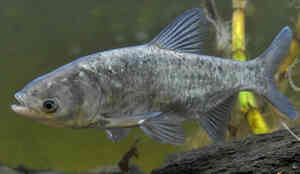
Aristichthys nobilis
Aristichthys nobilis,bighead、bighead carp,Silver carp, bighead carp, soap carp, black carp, bighead carp, bighead carp, fathead carp, bighead carp, black carp, bighead carp, male fish, pine black
It lives in the middle and upper layers of the main streams of rivers, gentl···
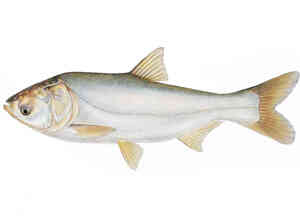
Hypophthalmichthys molitrix
Hypophthalmichthys molitrix,Silvercarp、Chinese Schemer,Silver carp, silver carp, jumping silver carp, silver carp, whale, white bream, white-footed silver carp, foreign fathead, white leaf, white fath
Silver carp generally inhabit the upper layer of the main stream of rivers a···

Mylopharyngodon piceus
Mylopharyngodon piceus,Black carp,Black mackerel, blue carp, black carp, stream fish, black fish, black fish, snail fish, black fin
The black carp is not as active as the grass carp, but it is much stronger t···
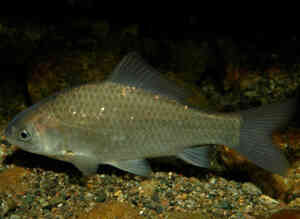
Carassius auratus
Carassius auratus,Goldfish,Carassius auratus cantonensis Tchang,Xitou, crucian carp, crucian carp seeds, river crucian carp, moon crucian carp, ancient name crucian carp, crucian carp, cold crucian ca
Crucian carp is one of the typical bottom fishes with strong adaptability. I···
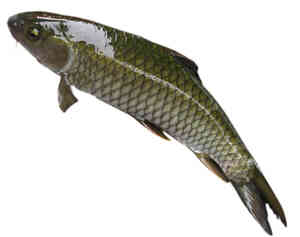
Ctenopharyngodon
Ctenopharyngodon,Grass carp, grass carp, oily grass carp, grass carp, white grass carp, grass carp, grass carp, thick fish, sea grass carp, mixed fish, black herring, etc.
It is named because it eats grass (Li Shizhen of Ming Dynasty). In Erya, it ···
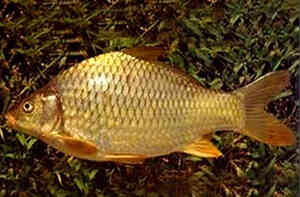
Cyprinus acutidorsalis
Cyprinus acutidorsalis,Sea carp, sea crucian carp, triangular carp
Sharp-finned carp is a unique species of carp that lives in the brackish and···
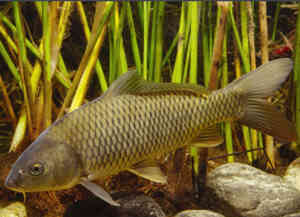
Cyprinus carpio
Cyprinus carpio,Common carp, carp, hairy fish, red fish, carp
The scales have the character "十" in Wenli, hence the name carp (···
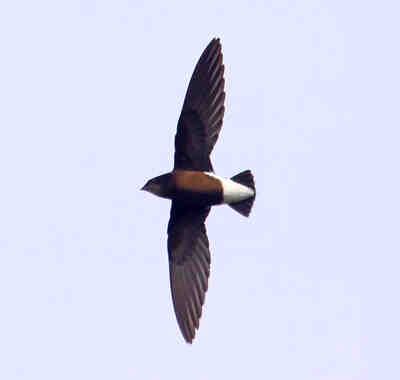
Hirundapus cochinchinensis
Hirundapus cochinchinensis,Silver-backed Needletail
Grey-throated Needle-tailed Swift often flies in open areas and over forests···
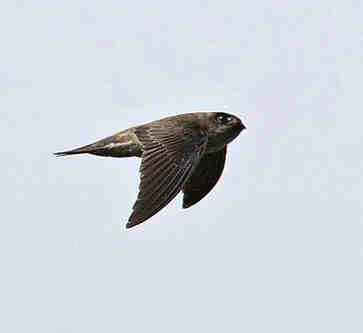
Aerodramus fuciphagus
Aerodramus fuciphagus,Edible-nest Swiftlet
The Java Swiftlet is called Edible-nest Swiftlet in English, and has 8 subsp···
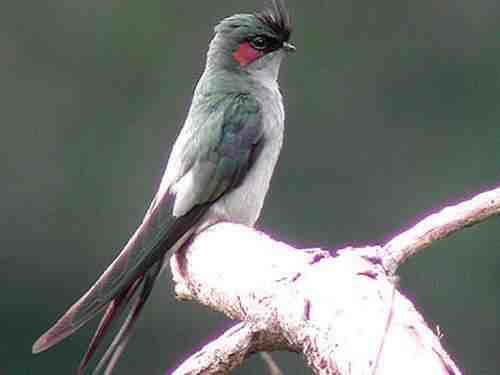
Hemiprocne coronata
Hemiprocne coronata,Crested Treeswift,Crested Tree Swift
The Crested Treeswift is called Crested Treeswift in English. There are 6 su···
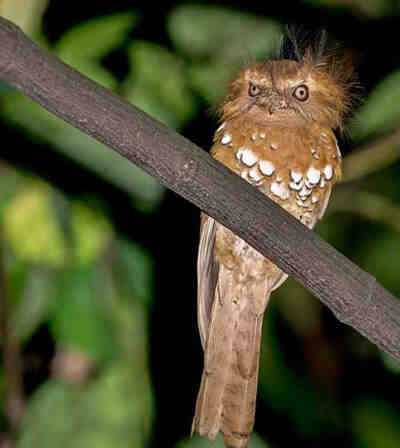
Batrachostomus hodgsoni
Batrachostomus hodgsoni,Hodgson's Frogmouth,Black-crowned Frogmouth, Black-crowned Frogmouth
The Black-capped Frogmouth Nightjar, also known as Hodgson’s Frogmouth in f···
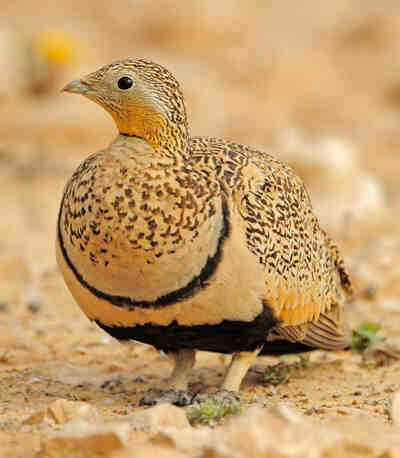
Pterocles orientalis
Pterocles orientalis,Black-bellied Sandgrouse
Black-bellied Sandgrouse, there are 2 subspecies.Black-bellied Sandgrouse is···
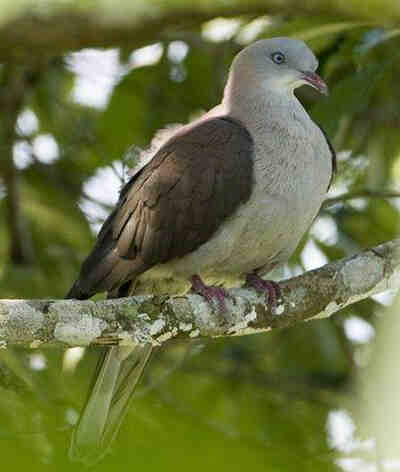
Ducula badia
Ducula badia ,Mountain Imperial Pigeon,Millet-backed imperial pigeon, Grey-headed southern pigeon
Mountain Imperial Pigeon is called Mountain Imperial Pigeon in foreign langu···
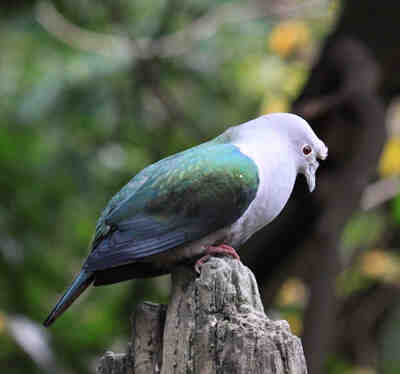
Ducula aenea
Green dove, big green dove, big green pigeon,Ducula aenea,Green Imperial Pigeon
Green Imperial Pigeon, also known as Green Imperial Pigeon, has 15 subspecie···
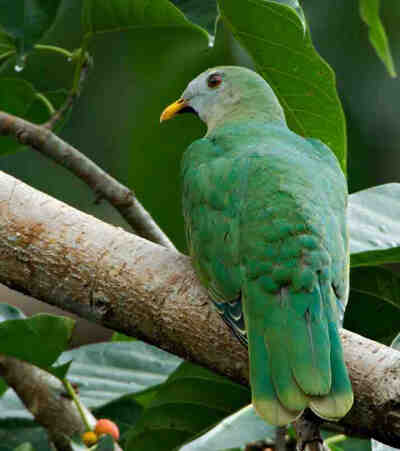
Ptilinopus leclancheri
Black-chinned Green Pigeon, Little Green Pigeon,Ramphiculus leclancheri,Black-chinned Fruit Dove,Ptilinopus leclancheri
Black-chinned Fruit Dove, also known as Black-chinned Fruit Dove, has 4 subs···
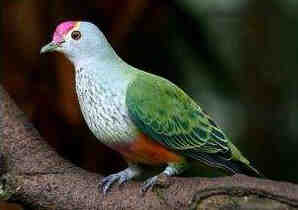
Treron formosae
Taiwan Green Pigeon,Treron formosae,Whistling Green Pigeon
The Whistling Green Pigeon has four subspecies.The Whistling Green Pigeon of···
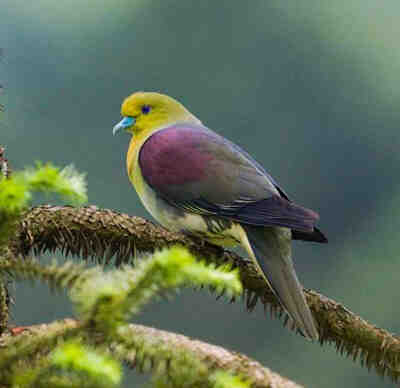
Treron sieboldii
White-bellied Wedge-tailed Pigeon, White-bellied Wedge-tailed Green Pigeon,Treron sieboldii,White-bellied Green-pigeon
The foreign name of the Red-winged Green-pigeon is White-bellied Green-pigeo···
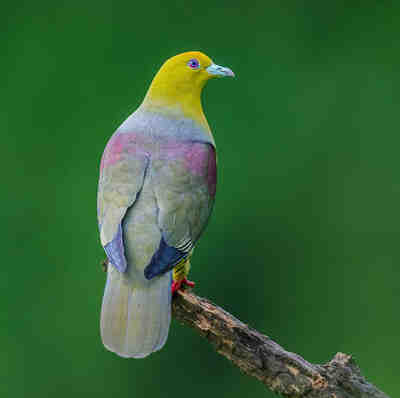
Treron sphenura
Green Pigeon,Treron sphenura,Wedge-tailed Green Pigeon
Wedge-tailed Green Pigeon has four subspecies.Wedge-tailed Green Pigeon is a···
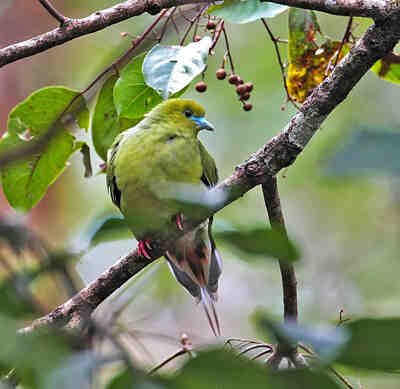
Treron apicauda
Treron apicauda,Pin-tailed Green-pigeon
Pin-tailed Green-pigeon, also known as Pin-tailed Green-pigeon, has three su···
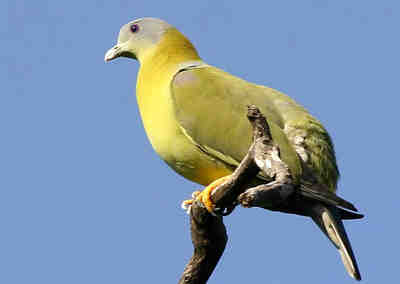
Treron phoenicoptera
Common Green Pigeon,Treron phoenicoptera,Yellow-footed Green Pigeon
Yellow-footed Green Pigeon, also known as Yellow-footed Green Pigeon, has 5 ···
